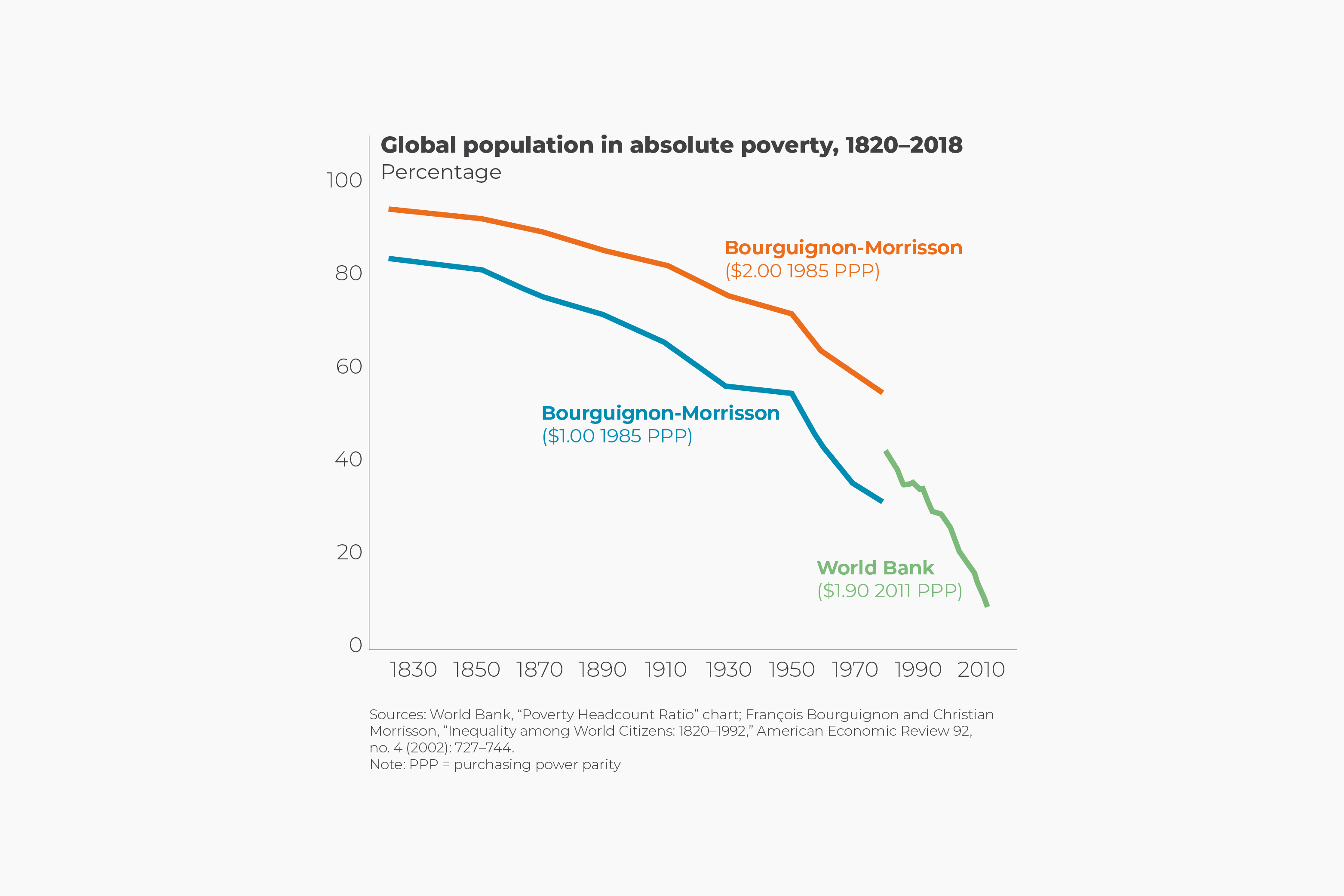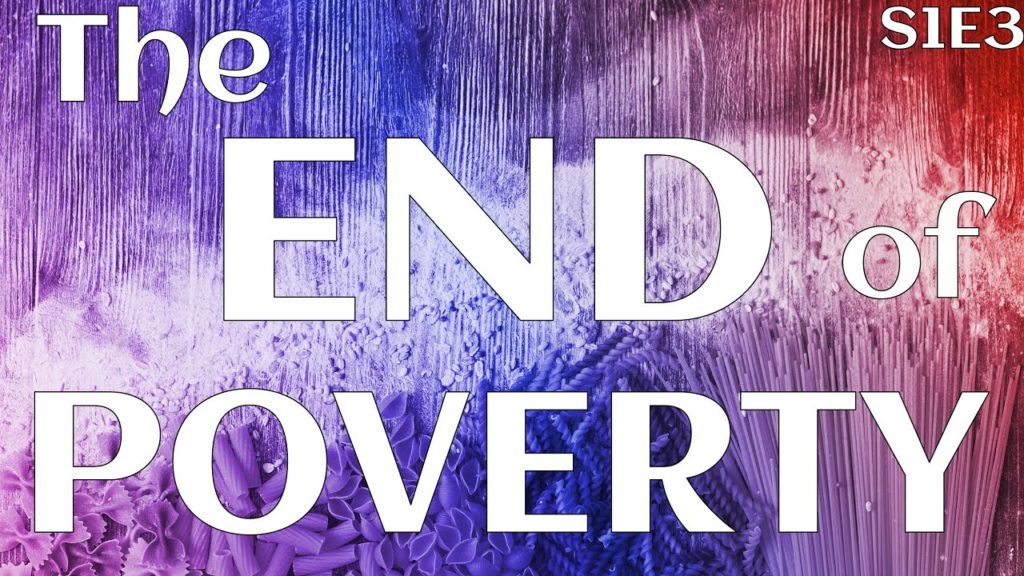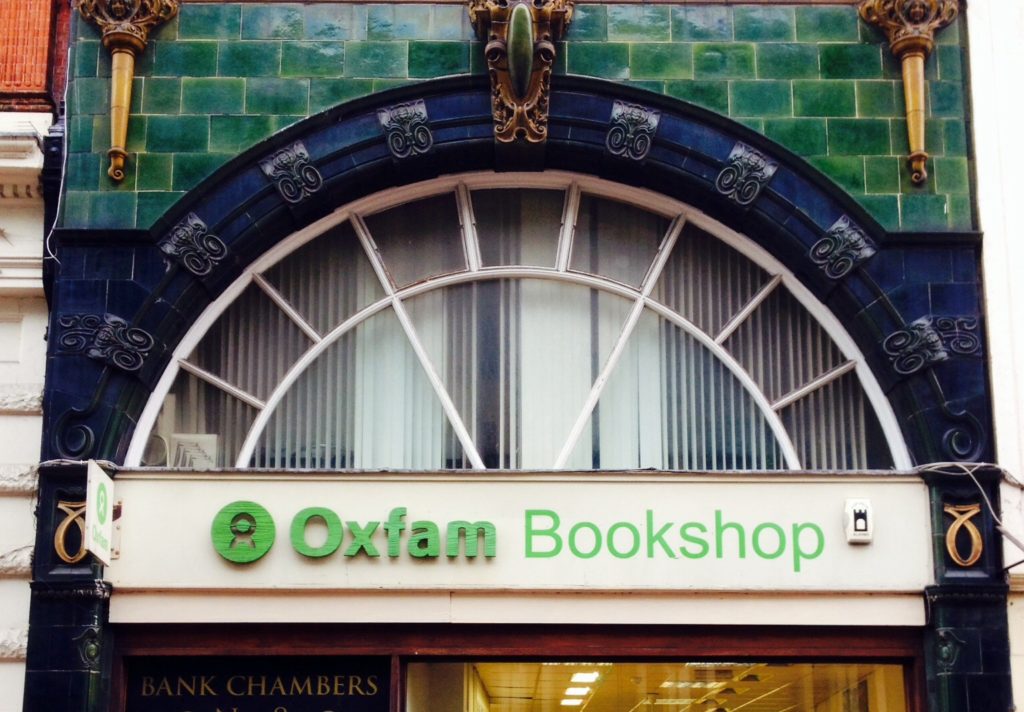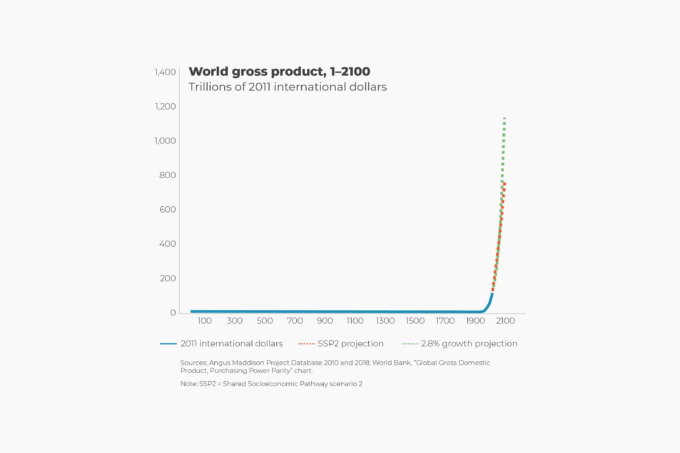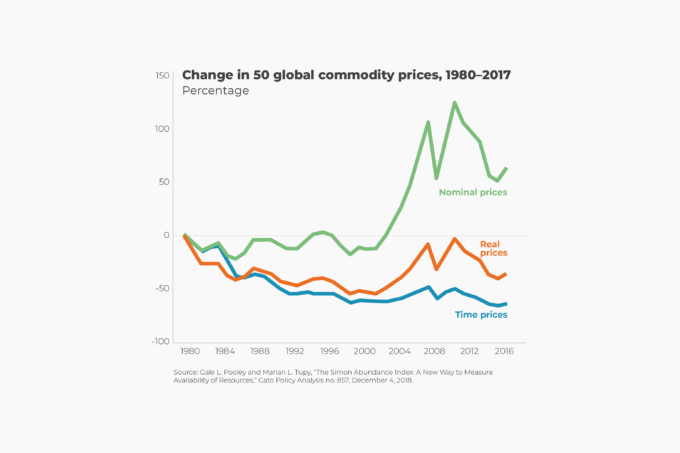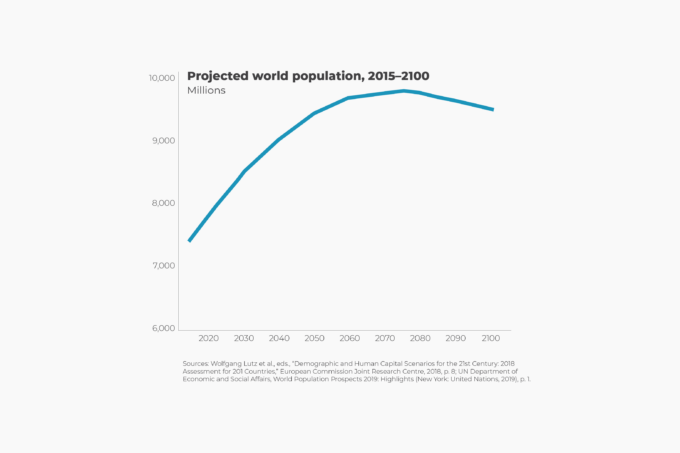The vast majority of our ancestors lived and died in humanity’s natural state of disease-ridden abject poverty and pervasive ignorance. University of Paris economists François Bourguignon and Christian Morrisson estimate that as late as 1820, nearly 84 percent of the world’s population lived in extreme poverty (roughly on less than $1.90 per day per person). That was when political and economic liberalization in some parts of the world kicked off what economist Deirdre McCloskey calls “the great enrichment.” Consequently, the global proportion of people living in extreme poverty began slowly declining to 66 percent in 1910 and 55 percent by 1950.
According to the World Bank, 42 percent of the globe’s population was still living in absolute poverty in 1981. In other words, it took 160 years for the rate of extreme poverty to fall by half. Fortunately, the pace of global poverty reduction has greatly sped up. The latest World Bank assessment reckons that the share of the world’s inhabitants living in extreme poverty fell to 8.6 percent in 2018. In 1990, about 1.9 billion of the world’s people lived in extreme poverty; by 2018, that number had dropped to 650 million, even despite ongoing population increases that put the world population at 7.5 billion.
Maintaining the current rate of poverty reduction would result in less than 5 percent of the world’s population living in destitution in 2030. And in 2015, the United Nations set the goal of eradicating extreme poverty by 2030 for all people everywhere. It might even be attainable.

